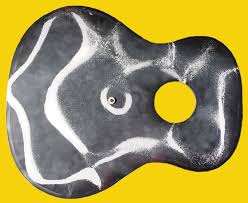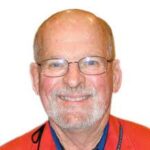 by: Tami O’Connor
by: Tami O’Connor
On a field trip with my 5th grade students to a local science museum, we saw one of the science instructors conduct a lesson on sound. It was such a simple idea, with easy-to-find materials, that I brought it home to do with my Girl Scout troop the following week. Since then, I have modified and expanded the lesson so it would fit any elementary or middle school grade lesson plan on sound.



 Posted by Tami O'Connor
Posted by Tami O'Connor  by: Martin Sagendorf
by: Martin Sagendorf
 by: Norman Barstow
by: Norman Barstow